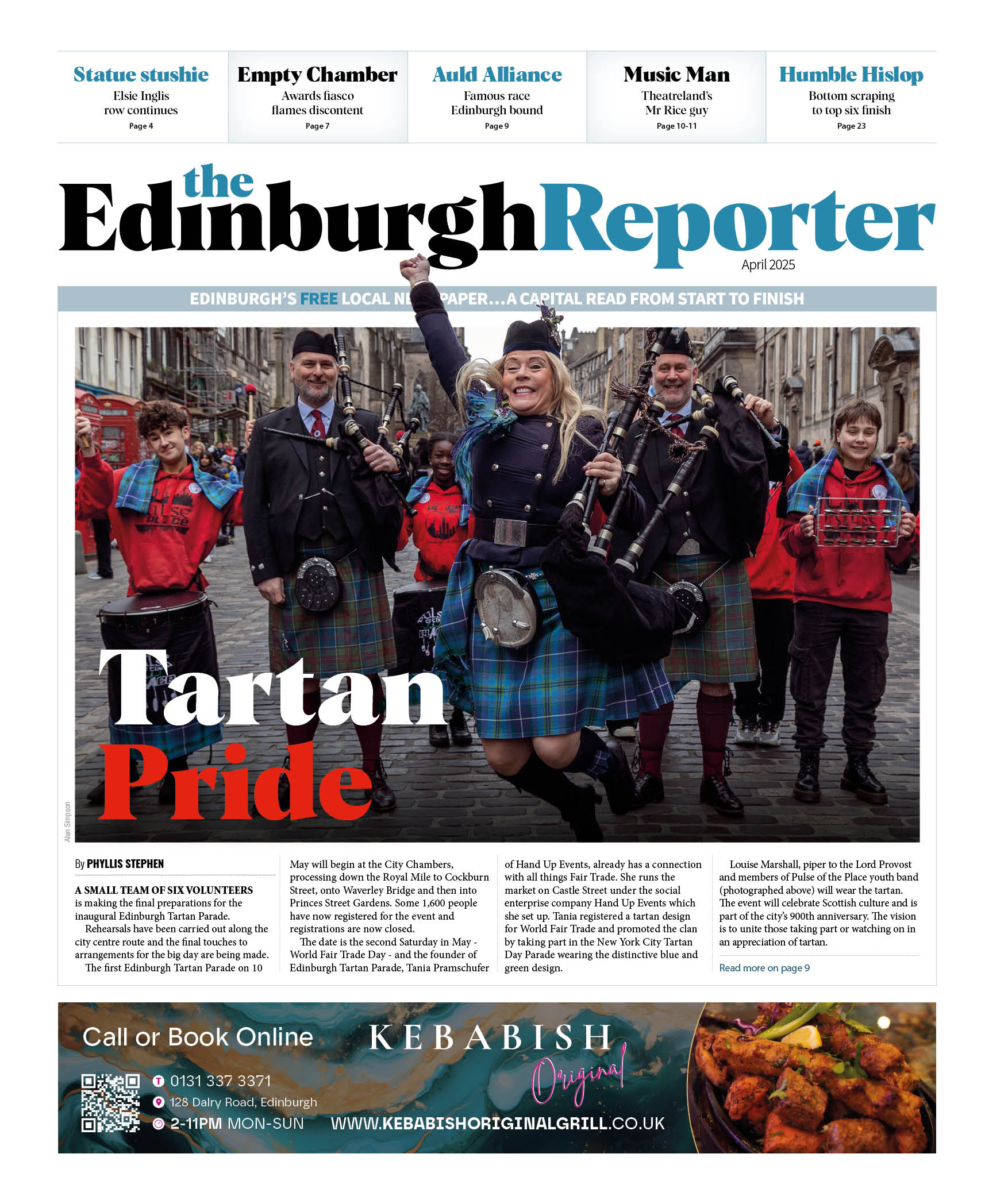As organizations strive to create workplaces that reflect the rich diversity of their customers and communities, many are turning to a powerful, employee-led tool: Employee Resource Groups (ERGs). These voluntary, employee-organized communities support underrepresented groups and allies by creating spaces for connection, advocacy, and education. More than just affinity groups, ERGs have evolved into critical drivers of organizational culture, engagement, and strategy.
In the modern workplace, where inclusive practices increasingly define business success, ERGs serve as both a mirror and a bridge—reflecting the lived experiences of employees while connecting those experiences to larger organizational goals.

What Are Employee Resource Groups?
Employee Resource Groups are voluntary, employee-led communities organized around shared characteristics, identities, or interests. These can include race, gender identity, sexual orientation, disability status, veteran status, generational cohorts, working parents, or even professional development interests.
Typically supported by executive sponsors and recognized formally by the organization, ERGs operate with defined goals, charters, and leadership structures. While they are often grassroots in spirit, they are increasingly integrated into corporate D&I strategies and business operations.
The Role of ERGs in Advancing Diversity and Inclusion
ERGs support diversity and inclusion initiatives by amplifying voices, building community, and creating pathways for systemic change. Here are five critical ways in which ERGs add value:
1. Creating Safe and Supportive Spaces
At their core, ERGs provide safe spaces for employees to connect over shared identities or experiences. In doing so, they help combat isolation, foster belonging, and promote psychological safety—particularly for employees from historically marginalized groups.
These communities offer a place to share concerns, celebrate culture, and support one another personally and professionally. For many employees, ERGs are the first space where they feel truly seen and heard at work.
2. Elevating Diverse Perspectives
ERGs offer leadership an invaluable resource: unfiltered, authentic insight into the lived experiences of diverse employees. By elevating voices that might otherwise go unheard, ERGs help organizations understand the challenges, barriers, and opportunities within their culture and systems.
Many ERGs host listening sessions, share feedback through formal channels, or conduct surveys that help surface issues related to inclusion, equity, and accessibility. This grassroots intelligence is critical to identifying blind spots and driving informed change.
3. Supporting Talent Development and Retention
ERGs often provide professional development opportunities through mentorship programs, speaker series, networking events, and leadership training. For underrepresented employees who may face systemic barriers to advancement, these opportunities can be transformative.
Participation in ERGs also helps employees build cross-functional relationships and visibility with senior leaders—factors strongly correlated with career growth and retention. In many companies, ERG leadership itself is viewed as a developmental role, giving employees experience in planning, budgeting, stakeholder engagement, and public speaking.
4. Building Allyship and Inclusion Across the Organization
While ERGs center on specific communities, most are open to allies who want to learn, support, and advocate for equity. Through programming, communications, and inclusive events, ERGs help educate the broader employee base, break down stereotypes, and build bridges between diverse groups.
This education and exposure contribute to a more inclusive workplace culture—one where differences are not just acknowledged, but valued. ERGs also often lead initiatives around inclusive language, cultural observances, and awareness campaigns, embedding D&I principles into the daily life of the organization.
5. Driving Business Impact and Innovation
Today’s ERGs are not just cultural or social groups—they are strategic partners. Many organizations now leverage ERGs as consultative bodies, seeking their input on product design, marketing campaigns, hiring practices, and customer engagement strategies.
For example, an ERG focused on accessibility might provide feedback to a product team designing for people with disabilities. A multicultural ERG might consult on translating marketing materials or shaping campaigns that resonate across different communities. In this way, ERGs become internal think tanks that help companies innovate with inclusion in mind.
Best Practices for Supporting ERGs
To ensure ERGs thrive and contribute meaningfully to diversity and inclusion goals, organizations should provide structure, resources, and recognition. Here are several best practices:
- Executive Sponsorship: Assign senior leaders to serve as advocates, advisors, and champions for each ERG.
- Operational Support: Provide ERGs with budgets, administrative assistance, and access to communication platforms.
- Alignment with Business Goals: Encourage ERGs to set measurable objectives that align with the organization’s broader D&I and business strategies.
- Leadership Development: Recognize ERG leadership as a career-building opportunity and include it in performance reviews.
- Measurement and Reporting: Program administrators who research the best erg community software are able to track participation, impact, and feedback to continuously improve programs and demonstrate ROI.
The Future of ERGs: From Affinity to Strategy
As workplace demographics shift and expectations around equity grow, ERGs are becoming increasingly strategic. They are helping organizations navigate complex topics like intersectionality, systemic bias, and cultural competence. They are also playing a role in shaping corporate responses to social justice issues, environmental sustainability, and community outreach.
In high-performing companies, ERGs are not siloed in HR—they are embedded across departments, influencing everything from talent acquisition to customer experience. They are co-authors of the organizational narrative on inclusion, shaping what it means to belong in a modern workplace.
ERGs are more than employee clubs or networking circles—they are engines of transformation. They help companies go beyond performative gestures and embed inclusion into the everyday fabric of work. For organizations serious about their diversity and inclusion commitments, ERGs offer a roadmap to authenticity, accountability, and sustained impact.
By empowering employees to lead, listen, and shape the future of work together, ERGs create not just a more diverse workplace—but a stronger, more connected one.





